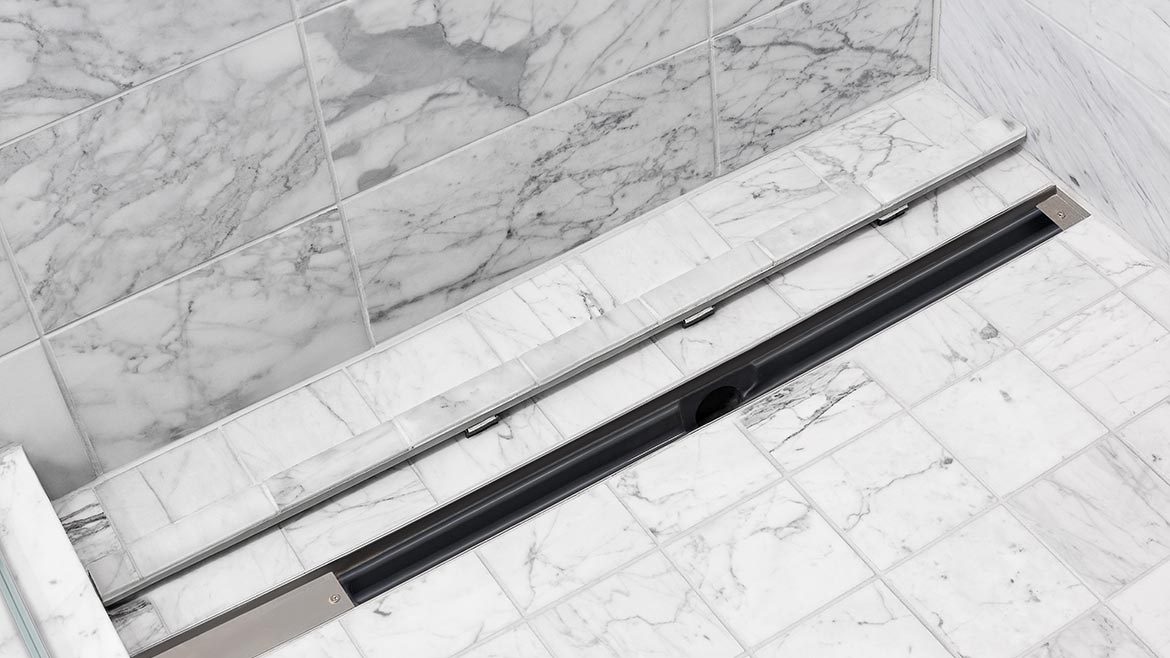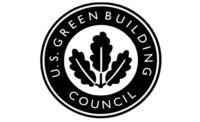The U.S. Green Building Council (USGBC) recently released its “LEED in Motion: Venues” report, highlighting the efforts of convention centers, sports venues, performing arts centers, community centers, and public assembly spaces to transform their environmental, social, and economic footprint through Leadership in Energy and Environmental Design (LEED) certification.
“The scope and scale of the venues industry is enormous, and the leaders creating these spaces have an important role to play in reducing environmental impact,” said Mahesh Ramanujam, president and CEO, USGBC. “By incorporating green practices, venues around the world are positively impacting their triple bottom line – people, planet, profit – while inspiring and educating others to be proactive in the areas of social responsibility and sustainability.”
Annually, the top 200 stadiums in the U.S. alone draw roughly 181 million visitors, and roughly 60 million people worldwide attend a consumer or industry trade show. Waste Management estimates that the NFL, MLB, NBA and NHL generate a combined 35,000 metric tons of CO2 each year from their fans’ waste. The convention and trade show industry, one of the largest global contributors to waste, produces an estimated 60,000 tons of garbage each year.
Venues that incorporate LEED certification into their buildings increase cost-savings, decrease annual operating costs, and have a higher return on investment overall. It is estimated that LEED-certified buildings in the U.S. will have saved more than $2.1 billion in combined energy, water, maintenance and waste savings from 2015-2018. The report highlights the green strategies and savings of more than 30 LEED-certified venues across the globe, including Orlando Magic’s Amway Center, the Old Globe in San Diego, and the 2010 Shanghai Expo Center.
The first NBA arena to earn LEED Gold certification, the Amway Center was able to save nearly a million dollars a year, including close to $700,000 in annual energy costs alone, because of LEED certification. At the Old Globe’s 108,000 sq ft complex, green strategies were implemented in a way that did not disrupt the buildings’ aesthetics and primary focus on performance; low-flow fixtures and aerators reduced overall water usage by 32%, LED retrofits and timer installations resulted in savings of more than 14,000 kilowatt hours per year, and an increase of recycling bins and staff education created the potential for more waste diversion. The Shanghai 2010 Expo Center implemented sustainable strategies such as a vegetable roof garden, rainwater recycling system, LED lighting, water source heat pumps, high-efficiency water-use fittings, and irrigation, which resulted in the project achieving 82.5% annual total water savings and a 93% reduction in storm water runoff volume.
USGBC’s recent Green Building Economic Impact Study analyzed the economic impact of green construction on the U.S. economy and found that LEED-certified buildings accounted for 40% of the green construction market’s contribution to the U.S. gross domestic product (GDP) in 2015. The report also projected that by 2018, green construction will account for more than 3.3 million jobs and generate $190.3 billion in labor earnings in the U.S.
For more information, visit http://usgbc.org.








